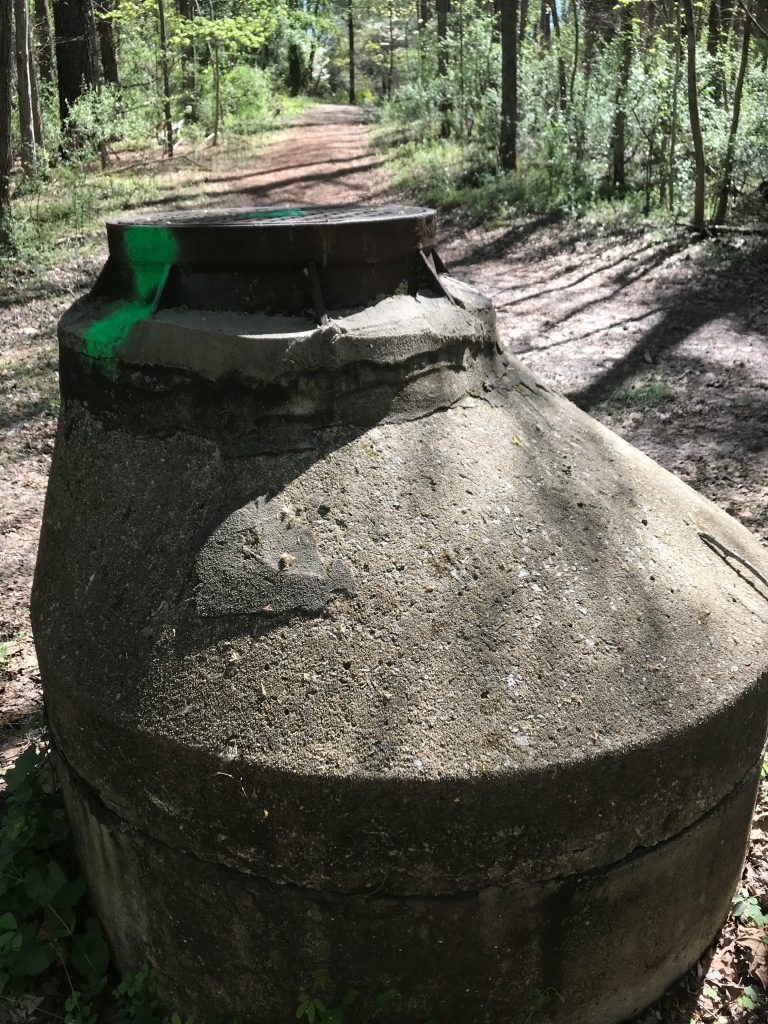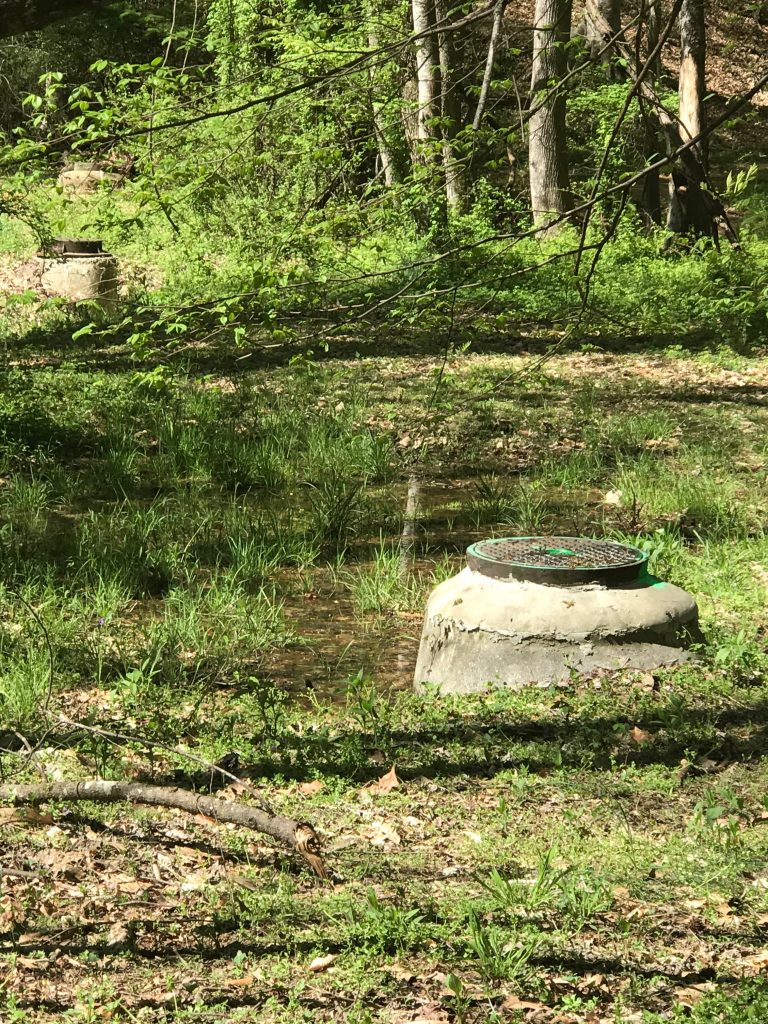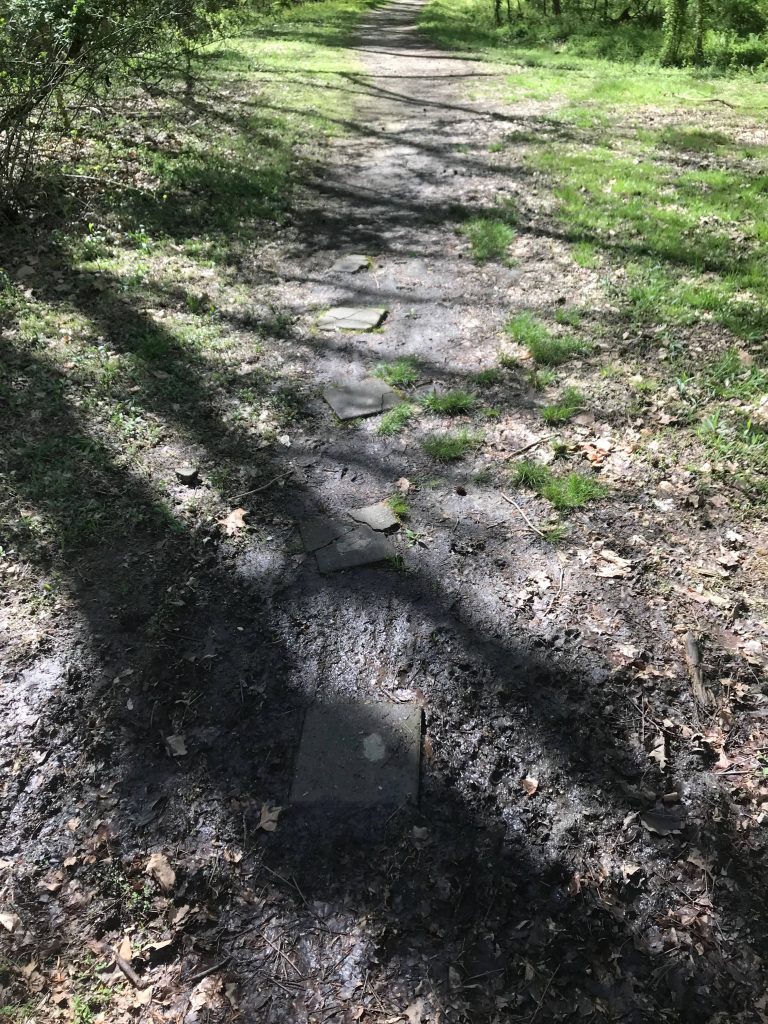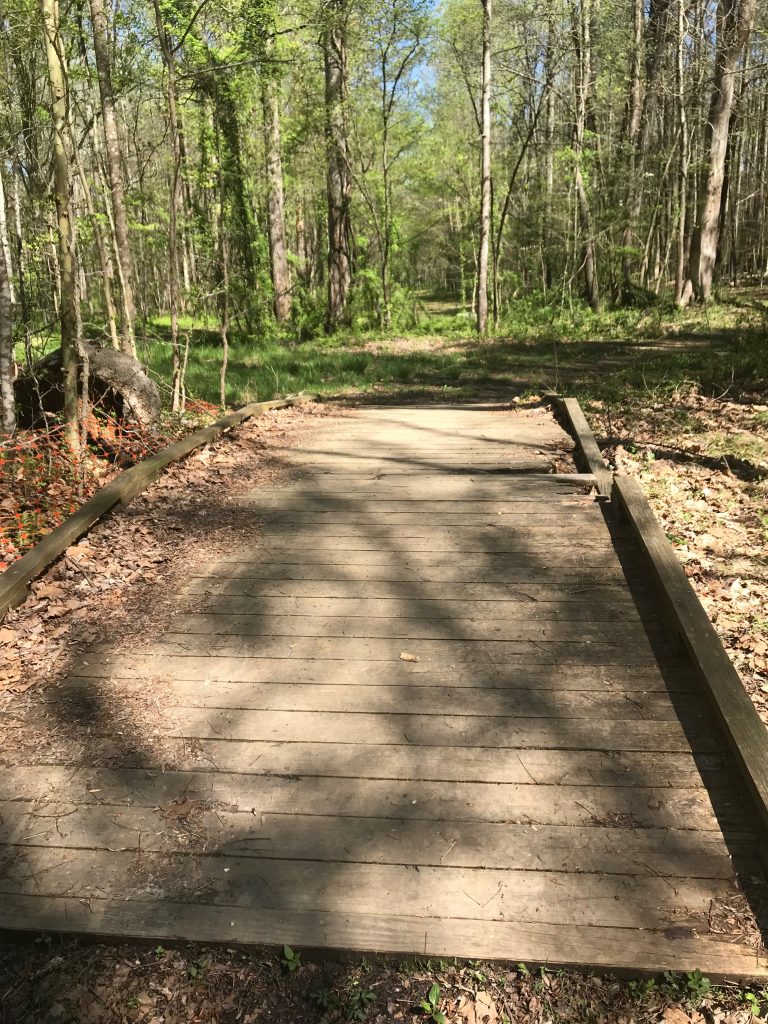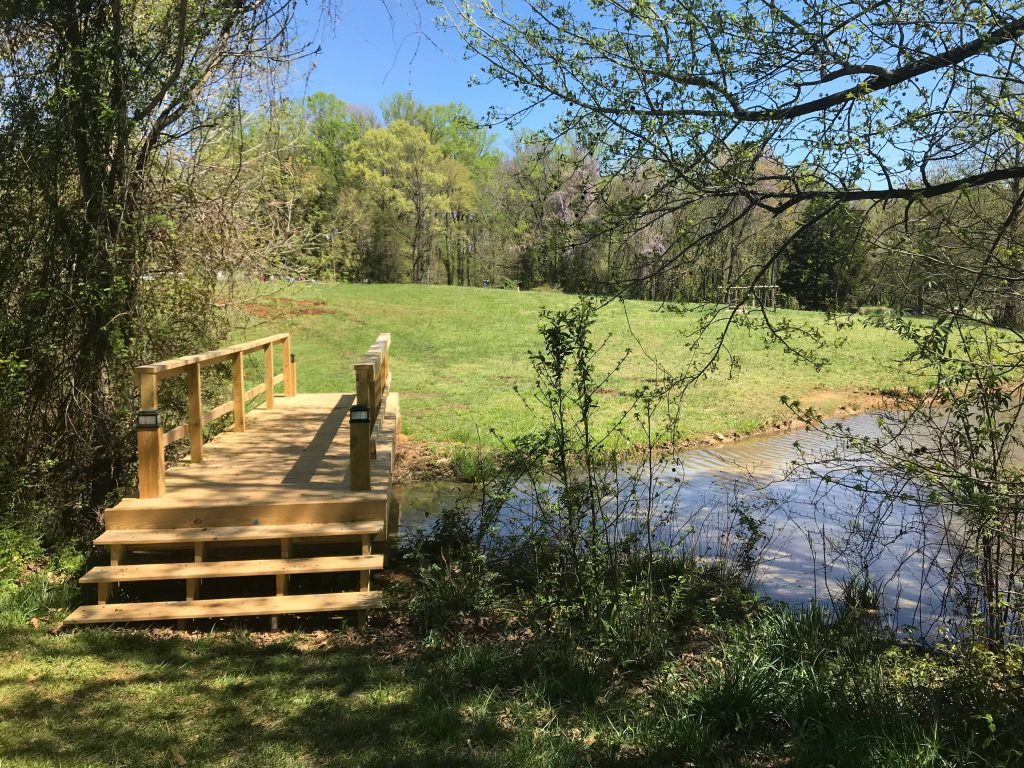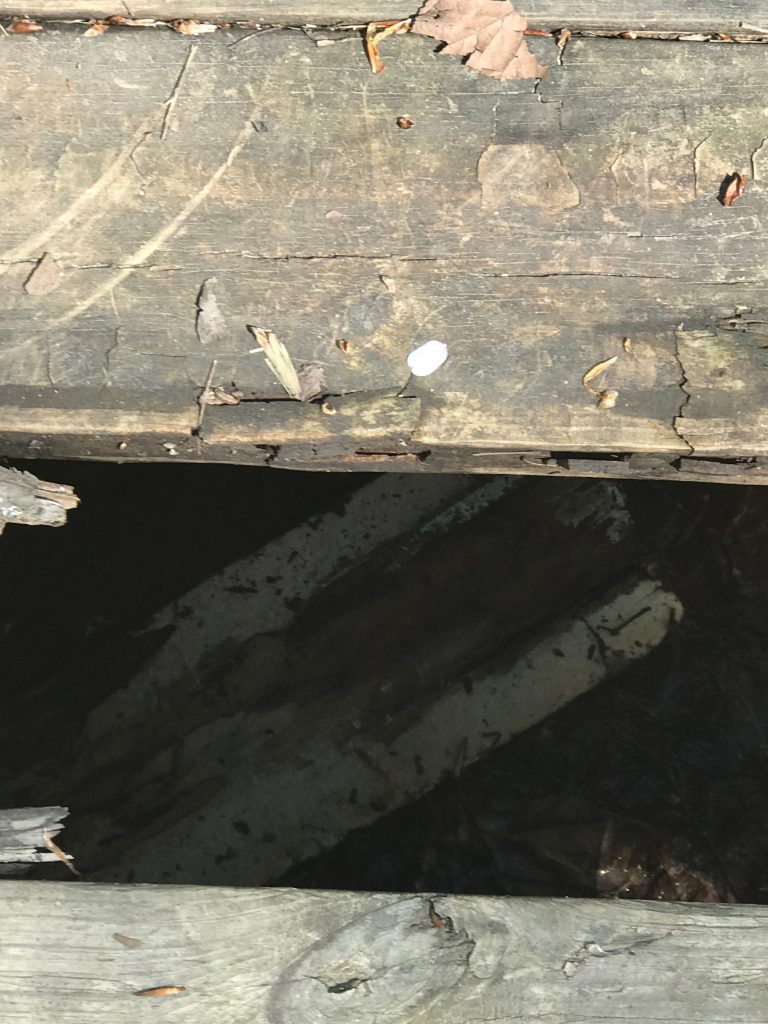Whenever we go into a natural area that is well loved, any area for that matter, we tend to take each stride more affirmatively than the last, we glance around, not just with a sense of exploration, but with pride. Pride that we get to experience this place? Maybe. But the idea of dominion over land alters how we conceive land use, what we believe about our rights and responsibilities to the land, and even what we leave behind. On April 9th, I walked in the woods, by myself. Previous pictures that I’ve taken in the woods have always been when I was in the company of others. I’ve always been navigation-challenged; last year, when Guilford College’s literary magazine group, The Greenleaf Review, held a writing retreat, I went, had a fantastic time, and got lost in the woods the last day of our retreat after breakfast, because I wanted to go walking. Before we have conceptions of how we use the woods, we also have conceptions about WHO can use the woods. We had the opportunity to read a book by a renowned ornithologist, Drew Lanham, called The Home Place: Memoirs of a Colored Man’s Love Affair With Nature. As a Black ornithologist, he feels very much like an outsider in nature, given that fewer than 10 birders are Black, and the profile of a naturalist is one of White, middle aged males. While my struggle isn’t quite so tremulous, I wanted to give myself the confidence that I would be able to go into the forest and successfully come out without having to take anyone with me, or ask for help. So I set off.

Then there was a series of storm drains. I found quite a lot of these overlaid throughout the trail, and probably would have found more had I walked further. In total, I found 6 drains. Some appeared to have been touched sparingly since they were first installed, but one was heavily decorated with Guilford-inspired graffiti that surprisingly mirrored the colors that were used on the second graffiti installation I saw, though that was nearer to the lake.
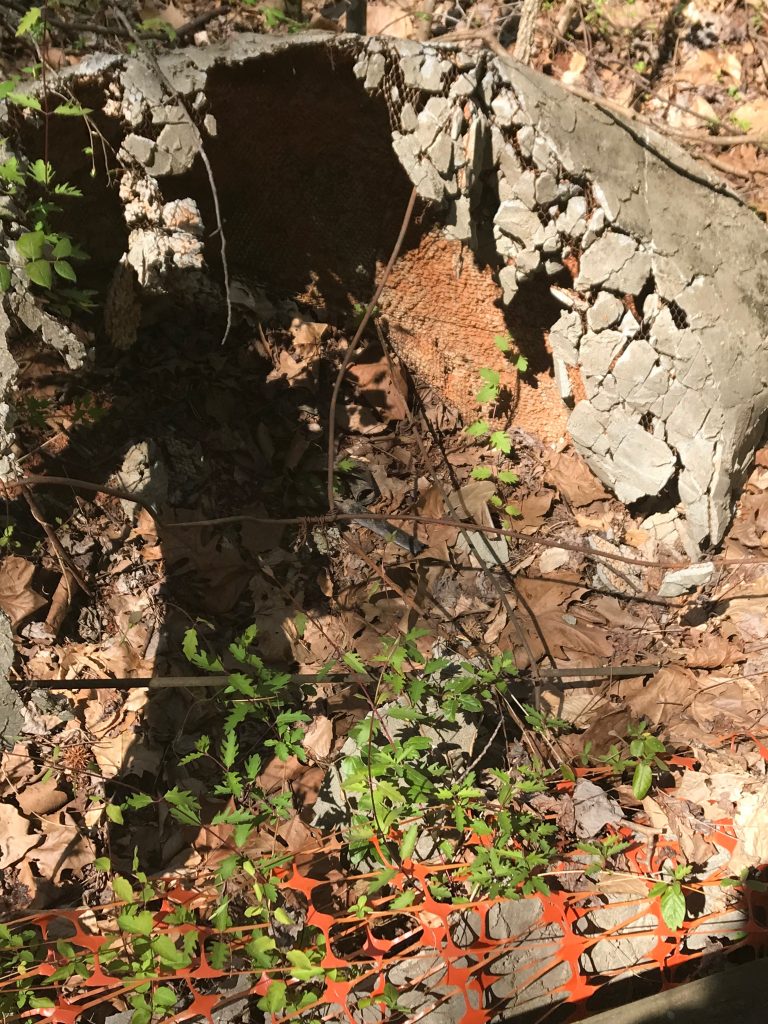
The third category of man-made objects were bridges. While it may seem pointless to categorize given that so much of the structure of the woods and the trails has been man-made, a lot of these structures differentiate the Guilford Woods from a natural overgrowth of “woods.” The left and center photos were found in the forest, and as you’d expect, they are far more decrepit than the bridge near the lake, outside the Woods, especially the bridge in the center which was missing a rung. I imagine it must serve as a cool, dark hiding place for various insects like termites, or animals like raccoons.
I believe man-made influences not only change our ideas of the forest, but also influence what we do in the future to it.
